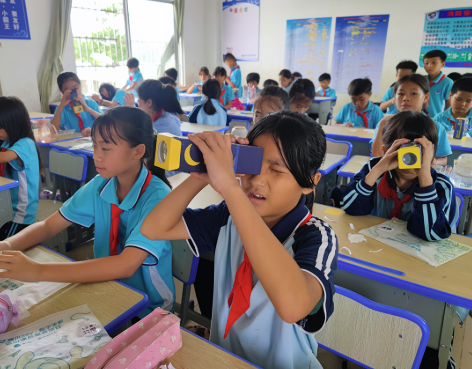Personalized learning offers students the opportunity to grow at their own pace, explore interests, and build independence. However, to help all students thrive in a self-directed learning environment, educators must provide the right level of support. This is where scaffolding comes in. Scaffolding refers to the intentional instructional support given to students as they develop new skills and understandings. In 2025, effective scaffolding remains essential to successful personalized learning.
Why Scaffolding Matters in Personalized Learning
While personalized learning encourages autonomy, students still need guidance—especially when tackling complex tasks or unfamiliar content. Scaffolding helps bridge the gap between what students can do independently and what they can achieve with support. As learners gain confidence and competence, the support is gradually removed, encouraging growth and mastery.
Key Scaffolding Strategies for Personalized Learning
- Use Clear Learning Objectives
Begin with specific, student-friendly goals. Knowing the target helps learners focus their efforts and track their progress. Clear objectives also guide teachers in choosing the right support strategies. - Break Tasks into Manageable Steps
Divide larger assignments into smaller, sequential tasks. Use checklists, timelines, or visual aids to help students understand the process and maintain momentum. - Provide Models and Examples
Show samples of quality work and walk through how to complete similar tasks. Modeling makes expectations more concrete and gives students a reference as they work independently. - Offer Guided Practice
Begin with collaborative learning activities where teachers or peers offer support. This helps students build confidence before working alone. - Use Prompts and Questioning Techniques
Ask open-ended questions or provide sentence starters to guide thinking. Encourage students to explain their reasoning, reflect on their choices, and consider alternatives. - Differentiate Resources and Tools
Provide various learning materials at different reading levels or in multiple formats (text, video, visuals). Offer graphic organizers, word banks, or reference guides to match individual needs. - Incorporate Peer Support
Pair students for collaborative tasks or peer tutoring. Working with classmates can provide social motivation and additional perspectives. - Use Feedback Loops
Give regular, timely feedback to help students stay on track and make adjustments. Self-assessment and peer feedback can also be part of the scaffolding process. - Gradually Release Responsibility
As students gain proficiency, reduce the level of support. Move from teacher-led instruction to guided practice, then to independent learning.
Creating a Supportive Learning Environment
Scaffolding is most effective in a classroom culture that values persistence, encourages risk-taking, and celebrates growth. Teachers should set the tone by:
- Encouraging questions and curiosity
- Normalizing mistakes as part of learning
- Celebrating incremental progress
Looking Ahead
In 2025 and beyond, personalized learning will continue to grow—and so will the importance of scaffolding to support its implementation. By using thoughtful scaffolding strategies, educators ensure that personalized learning is inclusive, effective, and accessible to all students.
Scaffolding doesn’t limit independence—it empowers it. With the right supports in place, students can stretch beyond their comfort zones and build the confidence to succeed on their own terms.














